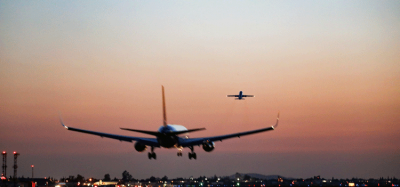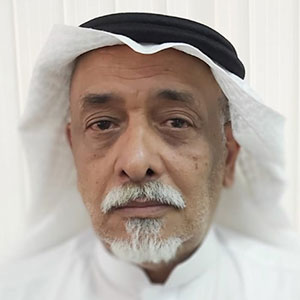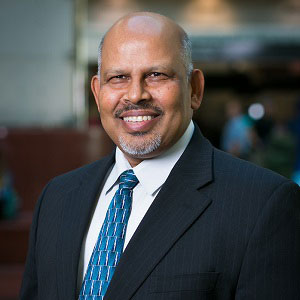Christchurch Airport launches new renewable energy park
Posted: 1 December 2021 | International Airport Review | No comments yet
Christchurch Airport has launched its new renewable energy Kōwhai Park, to support future development of green fuel production for land and air transport.
Kōwhai Park has been launched today (1 December 2021) with Energy Minister Megan Woods, Climate Change Minister, James Shaw, and Christchurch Mayor, Lianne Dalziel, planting two kōwhai trees on its site, next to the century old kōwhai the park is named after.
The Park will scale up over the next 30 years and Phase One will deliver a 220-hectare solar array capable of generating 150MW of electricity (enough to power 30,000 homes, or around 20 per cent of Christchurch’s current residential electricity use) on the airport campus. This will support future development of green fuel production for land and air transport, green data centres, and green vertical farming.
Australian renewable energy fund, Solar Bay, is committing $100 million to the development of Phase One. Investment Director Jack Sherratt said New Zealanders can be extremely proud of Christchurch Airport’s (CHC) initiative: “There is nothing else like this in New Zealand – it’s innovative, far ahead of its time and absolutely world-leading in every sense. The Phase One solar array is 50 times larger than any existing array in the country – and it’s just the beginning. This will accelerate Canterbury’s low carbon future.”
Christchurch Airport Chief Executive Malcolm Johns, said Kōwhai Park is part of the airport’s plan to become climate positive over the coming decade and to maintain its world leading position on sustainability.
Johns added: “Over the past decade, our team has systematically decarbonised our business. We’ve reduced 85 per cent of our direct emissions and we’re on track to be carbon zero well before the city’s goal of 2030 and New Zealand’s goal of 2050. We want to enable the rest of the economy to decarbonise at the fastest possible rate. That is what Kōwhai Park is about.”
Malcolm Johns further said that Kōwhai Park will deliver green energy so other businesses can transition.
“As we decarbonise, demand on our renewable energy supply is expected to increase by 68 per cent. Kōwhai Park will, over time, help meet that additional demand and provide a resilient supply of renewable energy Canterbury and New Zealand can rely on.
“It will also assist aviation to decarbonise and decouple from fossil fuels. In New Zealand we’re likely to see both electric and hydrogen-fuelled planes on our domestic routes over the next few decades. Kōwhai Park can support this transition at Christchurch,” commented Johns.
Sherratt added: “It’s in close proximity to New Zealand’s second largest city, the Canterbury Plains are flat and sunny, and the park has Orion’s lines network (supplying Christchurch) on one side and Transpower’s national grid pylons on the other. It’s the ultimate site.”
Johns further discussed how Kōwhai Park is beyond just solar and is a platform of scale to enable multi sector energy transition in Canterbury and nationally over many decades.
Stay Connected with International Airport Review — Subscribe for Free!
Get exclusive access to the latest airport and aviation industry insights from International Airport Review — tailored to your interests.
✅ Expert-Led Webinars – Gain insights from global aviation leaders
✅ Weekly News & Reports – Airport innovation, thought leadership, and industry trends
✅ Exclusive Industry Insights – Discover cutting-edge technologies shaping the future of air travel
✅ International Airport Summit – Join our flagship event to network with industry leaders and explore the latest advancements
Choose the updates that matter most to you.
Sign up now to stay informed, inspired, and connected — all for free!
Thank you for being part of our aviation community. Let’s keep shaping the future of airports together!
Related topics
Airport development, Airside operations, Emissions, Sustainability, Sustainable Aviation Fuel (SAF), Sustainable development, Terminal operations


















